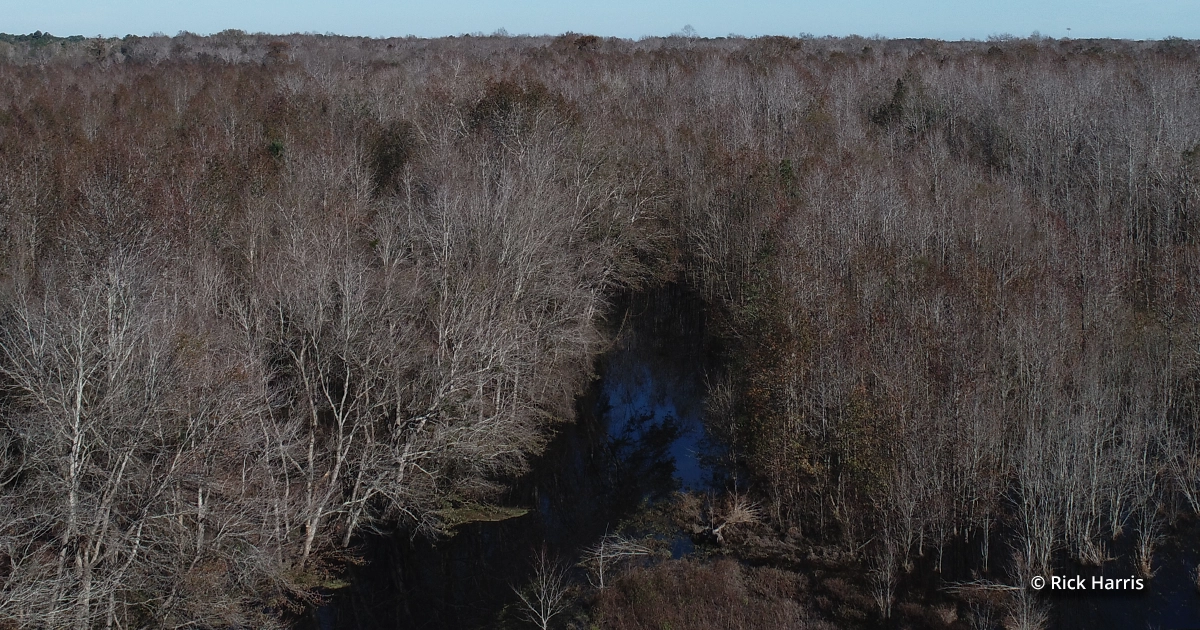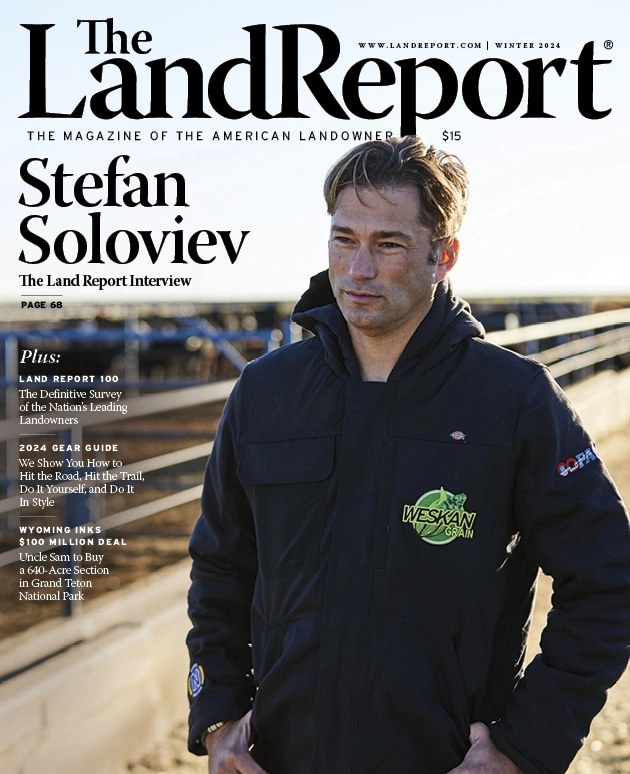Great Dismal Swamp Conservation Deal Closes
Great Dismal Swamp Conservation Deal Closes
By News Desk

LR_Great_Dismal_Swamp_by_RickHarris
On November 30, Farmland Partners Inc. (FPI) and Ducks Unlimited (DU) completed the final stage of a three-part, three-year sale involving 1,268 acres adjacent to the Great Dismal Swamp National Wildlife Refuge. The two organizations started working on the transaction in 2021, with the goal of protecting and restoring critical habitat located along the Atlantic Flyway. The multiyear structure of the sale allowed DU to buy one portion at a time while securing financing for the others.
DU discovered this significant parcel after surveying Farmland Partners’ portfolio in search of land in critical conservation areas. “The parcel that bubbled to the top of that priority list was the Great Dismal Swamp,” DU CEO Adam Putnam said in a press release.
The landmark transaction was also a big win for publicly traded Farmland Partners. “We purchased the farm in 2015 and were thrilled to have an opportunity to work with DU to protect the land for years to come,” said FPI CEO Luca Fabbri. “This was a special transaction for our company because it benefitted the environment and was profitable for our shareholders at the same time.”
Great Dismal Swamp
The 12,000-acre Great Dismal Swamp National Wildlife Refuge is the largest intact portion of swamplands that once covered more than a million acres on the Coastal Plains Region between Virginia and North Carolina. Ironically, these ecologically-diverse forested wetlands are anything but “dismal” — a name derived from the European term for “swamp.”
Instead, the pristine landscape is thriving. It serves as vital habitat for a wide range of wildlife and plant species and is home to turtles, white-tailed deer, bobcats, otters, and one of the largest populations of black bear on the East Coast.
Additionally, the swamplands are part of the Atlantic Flyway — one of four migratory pathways across the US for bird species and waterfowl. Migratory birds use this north-south route along the Atlantic coast every year, following food sources, resting, and traveling to breeding grounds and wintering destinations.
Areas like the forested wetlands throughout the Great Dismal Swamp are prime habitat thanks to the abundance of water, food sources, and cover. Additionally, the variety of flora, fauna, and primitive wildlands are a draw for birdwatchers, hikers, and other outdoor enthusiasts.
Protecting the Swamp
In 1974, land swaps between The Nature Conservancy, the Union Camp Corporation, and the federal government made it possible to formally protect 12,000-acres of habitat in the Great Dismal Swamp as a National Wildlife Refuge.
DU’s acquisition allows the organization to restore the wetlands on these additional 1,200 acres and protect and expand the existing habitat along the Atlantic Flyway.




